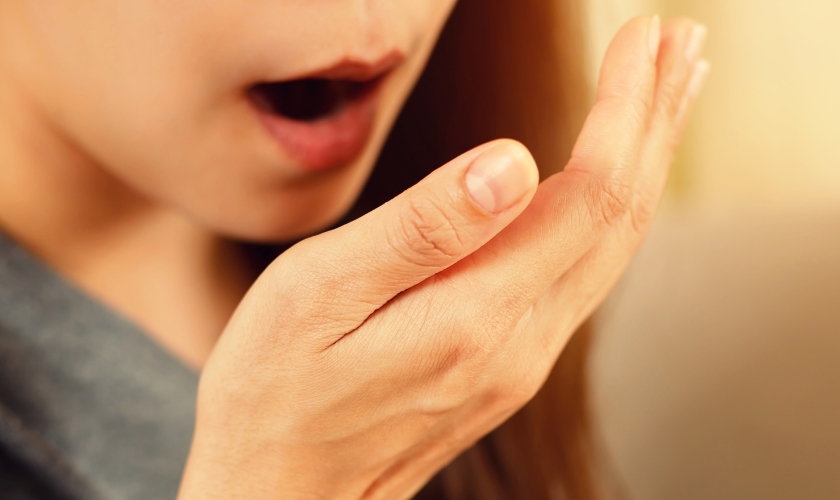
Have you ever detected unpleasant breaths from a friend during a conversation? It might not be a mere consequence of a garlicky lunch but could indicate a more significant issue. Perio breath, linked to gum issues, can be a cause of foul odors in your mouth. Explore the connection between gum disease and bad breath and learn preventive measures for both oral concerns.
Indications of Gum Disease
Typically arising from inadequate oral hygiene, gum disease is more prevalent in individuals over 30, with a higher incidence in men. If you experience any of the following symptoms, scheduling a dentist appointment is advisable to assess your gum health:
- Bleeding and swelling in the gums: This is the most common kind of gum disease. Bleeding or swelling through the gums are indications of weak gums.
- Tooth sensitivity or looseness: Sensitivity is the openings of the nerve endings in the teeth that cause a huge vibration kind of effect. The teeth looseness is related to the gum strength.
- Receding gums: The gum strength is related to the receding gums. This is related to the elongated appearance of teeth.
- Chewing Discomfort: The chewing discomfort takes place when the gums are not strong enough to support the force of chewing. This is related to periodontal diseases.
- Persistent bad breath: Histolisis, which is bad breath, is related to gum diseases. And gum diseases are interlinked with this. This causes the roots of the teeth to loosen up. Hence causing the teeth to fall off.
During its early stage, known as gingivitis, damage to the gums may be reversible. However, once periodontitis, the more advanced form of gum disease, sets in, the deterioration of gum tissues becomes irreversible.
The Link Between Bad Breath and Periodontitis
The root cause of bad breath lies in mouth-dwelling bacteria breaking down proteins and releasing malodorous volatile sulfur compounds (VSCs). Dental problems, including gum disease and infections, can amplify this issue. The majority of halitosis cases are linked to gingivitis, periodontitis, or bacterial accumulation on the tongue. Research indicates that up to 80% of individuals with some level of gum disease also experience halitosis. Inflamed tissues in gum disease patients become a source of VSCs in the mouth, especially in cases of advanced periodontitis due to extensive plaque buildup.
Interestingly, the relationship between halitosis and the risk of developing periodontal disease is reciprocal. While VSC-producing bacteria may migrate to gum tissues, the exact connection still needs to be fully comprehended by dental experts.
Treatment for Periodontitis and Perio Breath
Professional intervention is essential for the effective treatment of periodontitis. This may require a comprehensive cleaning procedure called scaling and root planing, which aims to eliminate bacteria above and below the gum line. Dr. Manju R. Kejriwal, a dentist in Cincinnati, OH, recommends the use of antimicrobial medications to control oral bacteria. In more severe cases, gum flap surgery or grafts may be required to restore damaged structures caused by periodontal disease.
Halitosis depends on its underlying cause. Consult with your dentist to determine the most suitable course of action for you. Enhancing your oral care routine with tools like tongue scrapers or mouthwash can be beneficial.
The encouraging news is that maintaining a consistent and robust oral care routine helps reduce the risk of both gum disease and halitosis. Follow these steps for optimal oral health:
- Brush your teeth at least twice daily with fluoride toothpaste.
- Floss daily.
Regularly visit your dentist for checkups and inquire about additional products, such as mouth rins, to control bacterial buildup.
- Adhering to a solid oral hygiene routine not only boosts confidence in your breath but also contributes to the overall health of your mouth.
Understanding the correlation between gum disease and halitosis, Perio Breath provides insight into the intricate link between the two. The release of malodorous compounds is triggered by bacterial activity in the mouth, making conditions like gingivitis and periodontitis significant contributors to bad breath. Dr. Manju R. Kejriwal, a dentist in Cincinnati, OH, offers professional treatment options such as scaling and root planing, which are essential in addressing both gum disease and Perio Breath. In addition, maintaining a diligent oral care routine that includes regular checkups, brushing, flossing, and supplementary measures plays a crucial role in prevention. By acknowledging and effectively managing the connection between gum health and halitosis, individuals can not only maintain fresh breath but also ensure overall oral well-being, thereby enhancing confidence and comfort in daily interactions.




